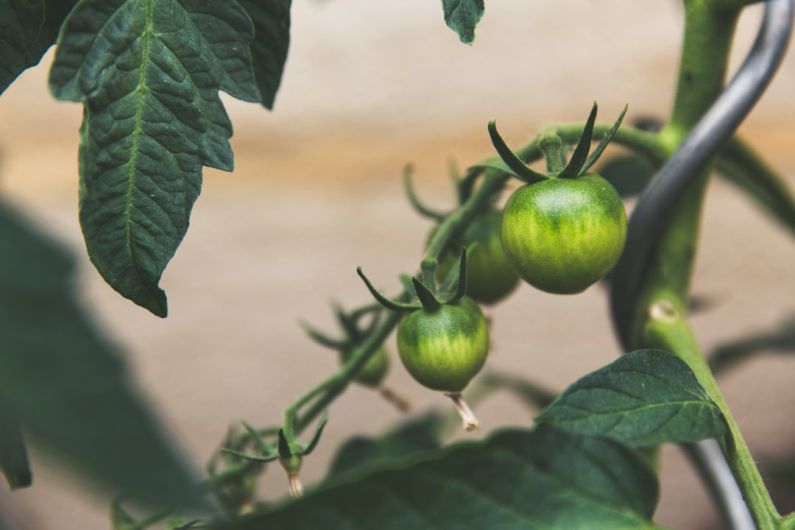How to Choose the Best Mulch for Your Garden Types
A well-mulched garden not only looks neat and tidy but also provides numerous benefits. Mulch helps to retain moisture in the soil, suppresses weeds, regulates soil temperature, and adds organic matter to improve soil health. With so many different types of mulch available, how do you choose the best one for your garden? In this article, we will explore the various factors to consider when selecting mulch for different garden types.
1. Consider the Purpose
Before choosing a mulch, it’s essential to consider the purpose you want it to serve. Are you looking for a mulch that will conserve moisture in your garden beds? Or do you need mulch to suppress weeds in your vegetable garden? Different types of mulch have different properties, so understanding your specific needs will help you make the right choice.
2. Evaluate the Climate
The climate in your region plays a significant role in determining the best mulch for your garden. In hot and dry climates, organic mulches like straw or wood chips are ideal as they help retain moisture and regulate soil temperature. On the other hand, in wet and humid climates, inorganic mulches like gravel or stones may be more suitable, as they allow for better drainage.
3. Consider the Soil Type
The type of soil in your garden is another crucial factor to consider when choosing mulch. If you have sandy soil that drains quickly, organic mulches like compost or shredded leaves can help improve water retention. For clay soil that tends to become compacted, using mulches like wood chips or straw can help improve soil structure and prevent waterlogging.
4. Assess the Planting Area
Different garden types require different types of mulch. For flower beds and ornamental gardens, mulches like shredded bark or pine straw can provide an attractive and decorative touch. For vegetable gardens, straw or hay mulch can help suppress weeds and retain moisture. Fruit trees and shrubs, on the other hand, benefit from wood chip mulch, as it helps conserve moisture and reduce competition from weeds.
5. Consider Longevity
The longevity of the mulch is an important consideration, as it determines how often you will need to replenish it. Inorganic mulches like gravel or stones can last for many years without needing replacement. On the other hand, organic mulches like wood chips or straw decompose over time and may need to be replenished annually. Take into account your time and resources when deciding which type of mulch to choose.
6. Evaluate Cost and Availability
Cost and availability are practical factors to consider when choosing mulch. Some mulches, like wood chips or shredded leaves, can be obtained for free or at a low cost from local tree trimming services or municipal composting facilities. Other mulches, such as pine straw or decorative bark, may be more expensive but provide aesthetic value. Consider your budget and local availability to make an informed decision.
In conclusion, choosing the best mulch for your garden types requires careful consideration of various factors. Assess the purpose, evaluate the climate, consider the soil type, and assess the planting area. Additionally, think about the mulch’s longevity, cost, and availability. By taking all these factors into account, you can select the perfect mulch that will not only enhance the appearance of your garden but also provide the necessary benefits for your plants’ health and growth. So, go ahead and make an informed choice to create a flourishing garden that you can enjoy year-round!






